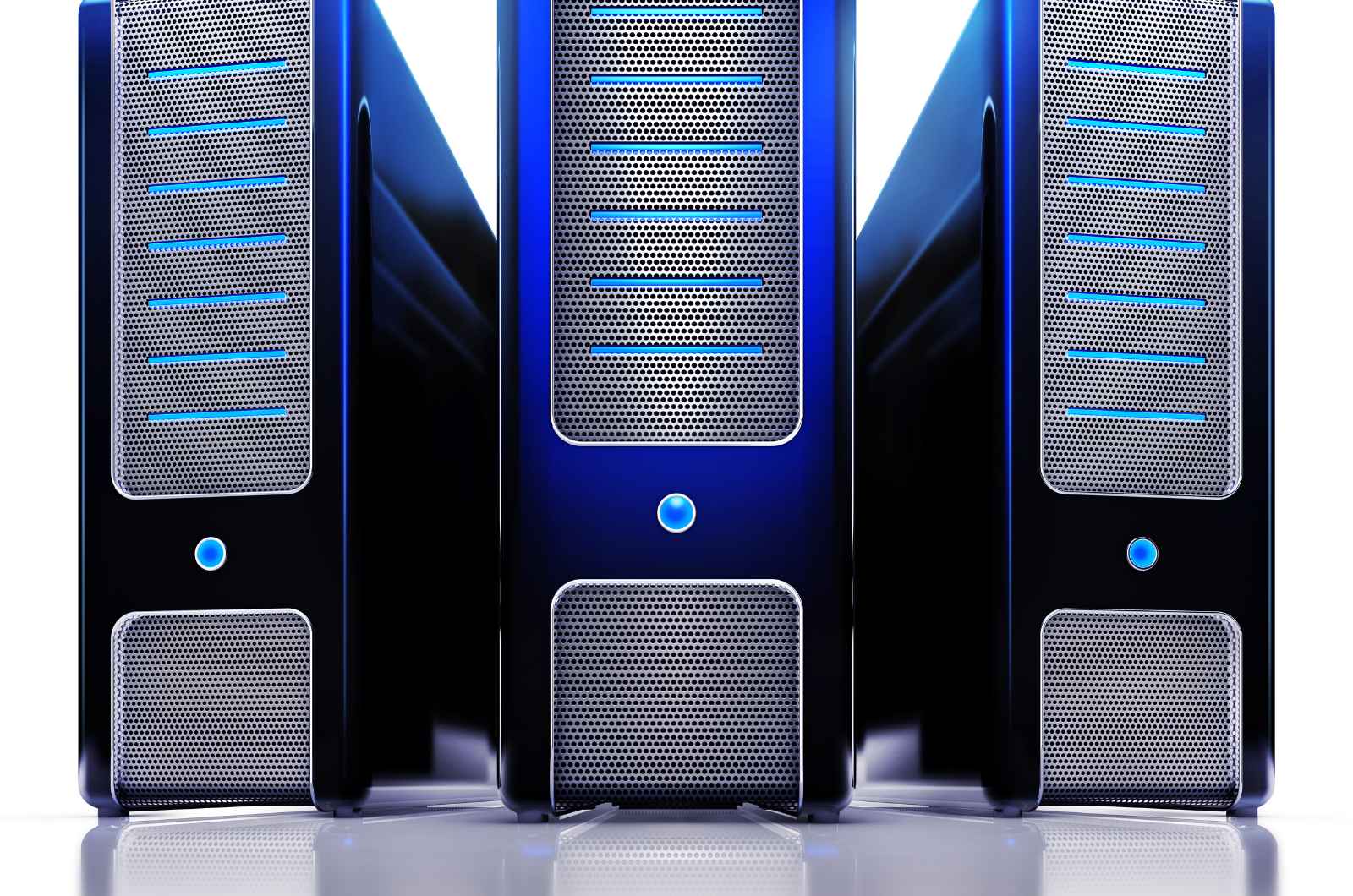An SMB client is a crucial tool for seamless file sharing and resource access across a network. Understanding its benefits and how to choose the right one can enhance your productivity and security, whether you’re working from home or collaborating on projects with your team.
?What is an SMB Client
An smb client is a software application that allows your computer to connect to a server using the Server Message Block (SMB) protocol. This protocol is essential for network file sharing, enabling computers on the same network to access files and resources on other computers. By using an SMB client, you can seamlessly open, read, move, create, and update files stored on remote servers, as if they were on your local machine. This capability is crucial for various tasks, from collaborating on projects to accessing important documents while working remotely. SMB clients are widely used in both personal and professional settings due to their versatility and ease of use.
What Are the Benefits of Using an SMB Client?
Using an SMB client provides several significant benefits that enhance your network's efficiency and security.
First, file sharing becomes straightforward and efficient. SMB clients enable you to share files between computers on the same network, facilitating collaboration on projects, sharing important documents, or backing up data seamlessly. This can be particularly useful in both home and business environments where multiple users need access to the same resources.
Second, the remote access capability of SMB clients allows you to access files and resources on a server from any location. Whether you're working from home or need to access files while traveling, an SMB client makes it possible to stay connected and productive.
Centralized management is another key advantage. With SMB clients, you can manage access to files and resources from a single point. This centralized control simplifies the process of granting permissions and ensures that only authorized users can access sensitive data.
In terms of security, SMB clients can be configured to use encryption, helping to protect your data from unauthorized access. This is crucial for maintaining the integrity and confidentiality of your information.
Lastly, SMB clients are optimized for performance, enhancing the speed of file transfers and access. This means less waiting time and more efficient workflow.
By leveraging these benefits, using an SMB client can significantly improve your productivity and the overall security of your network.
How to Choose the Right SMB Client?
When choosing an SMB client, it's important to consider several key factors to ensure it fits your needs. First, check compatibility with your operating system and the server you are connecting to. Next, look at the features offered by the client, such as file sharing, remote access, and security options. Performance is also crucial; opt for an SMB client known for its reliability and speed. Lastly, think about the cost. Some SMB clients are free, while others may require a purchase or subscription. Choose one that fits within your budget but still meets your requirements.
What Are Some Examples of SMB Clients?
There are several SMB clients available that cater to different needs and preferences. Windows Explorer is a built-in SMB client included with all versions of Windows, making it a convenient option for Windows users. For those looking for a free and open-source solution, Filezilla is a popular choice that supports both FTP and SMB protocols. Cyberduck is another open-source client, supporting FTP, SFTP, and SMB, known for its user-friendly interface. Lastly, WinSCP is a versatile client that supports SFTP, SCP, and SMB, offering robust functionality for secure file transfers. Each of these clients has unique features that can enhance your file-sharing experience.
SMB clients are essential tools for anyone needing to share files or access resources over a network. By selecting the right SMB client, you can enhance your productivity and ensure your data remains secure. Remember to assess compatibility, features, performance, and cost to find the best fit for your needs.
